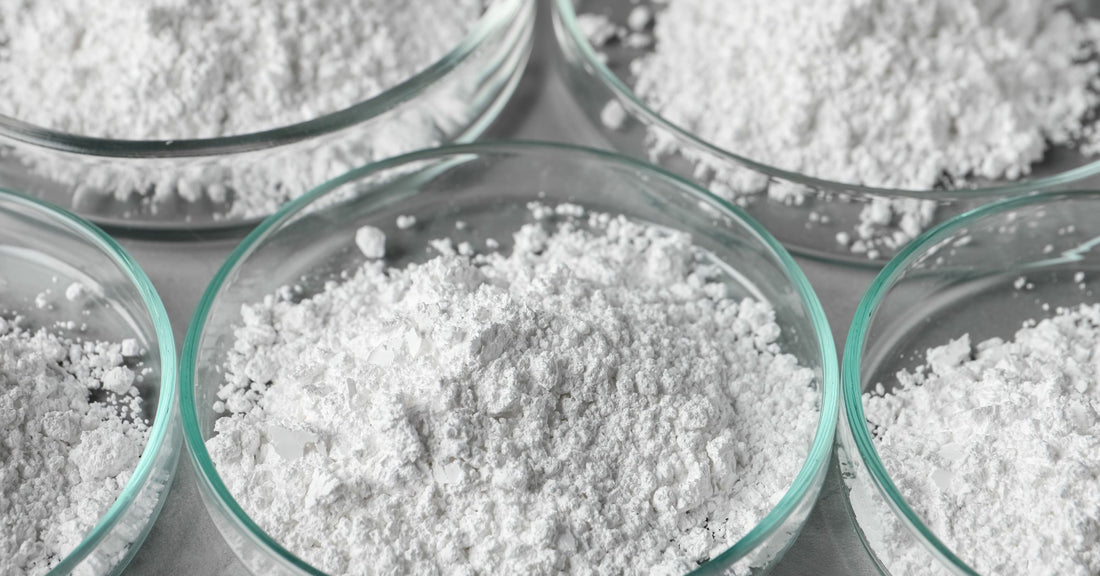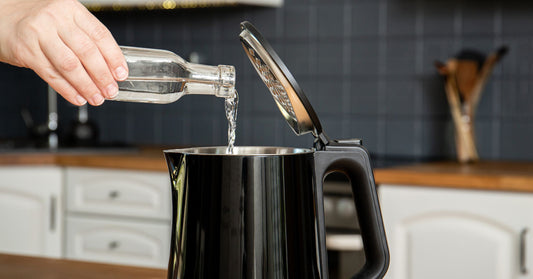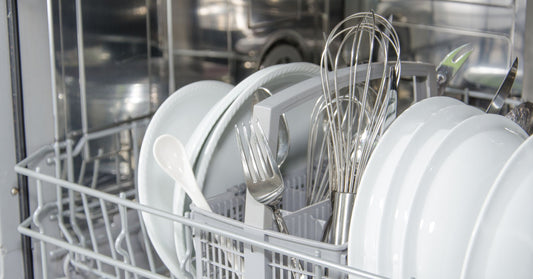Have you ever noticed a chalky, white residue on your faucets, showerheads, or kettle? This stubborn deposit is called limescale, and it's a common nuisance in many households. Limescale build-up not only affects the aesthetics of your fixtures but can also have detrimental effects on their functionality. In this blog post, we'll delve into the science behind limescale formation, explore its consequences, and discuss why it's crucial to remove it regularly.
Limescale, also known as calcium carbonate or hard water scale, is formed when water with high concentrations of minerals such as calcium and magnesium evaporate or is heated. When water containing these minerals comes into contact with surfaces, it leaves behind mineral deposits that gradually accumulate and harden over time.
The Science of Limescale Build-up
The process of limescale formation involves several key factors:
- Water Hardness: The hardness of water refers to the concentration of dissolved minerals, primarily calcium and magnesium ions. Hard water contains higher levels of these minerals, making it more prone to limescale build-up.
- Temperature: Heating water accelerates the precipitation of calcium carbonate, leading to faster limescale formation. This is why appliances like kettles and water heaters are particularly susceptible to limescale deposits.
- pH Levels: Water with higher alkalinity (pH above 7) tends to promote limescale formation. Alkaline conditions encourage the precipitation of minerals, exacerbating the build-up.
Consequences of Limescale Build-up
Limescale deposits may seem harmless at first, but their long-term effects can be significant.
Limescale can hinder the heat transfer process in appliances like water heaters, boilers, and coffee makers, making them less efficient. The insulating layer of limescale acts as a barrier, reducing their efficiency and increasing energy consumption.
Over time, limescale build-up can obstruct the flow of water in pipes and fixtures. This leads to reduced water pressure, blockages, and even pipe corrosion.
Not only that, but limescale can also shorten the lifespan of appliances by causing damage to heating elements, valves, and other sensitive components. Regular maintenance and descaling can help prolong their durability.
Why Regular Removal is Important
To maintain the functionality and longevity of your appliances, it's crucial to remove limescale regularly.
Regular descaling ensures optimal performance of appliances, allowing them to function efficiently and reduce energy consumption. Removing limescale restores heat transfer efficiency, thereby saving both money on your bills and resources.
By removing limescale build-up, you prevent potential damage to appliances and plumbing systems. Avoiding costly repairs or replacements in the future can save you a significant amount of money.
Limescale deposits can affect the taste and odour of tap water. By eliminating limescale, you improve the quality and purity of your water supply, making it more enjoyable to use and consume.
Methods for Limescale Removal
There are several effective ways to remove limescale build-up:
- Vinegar: A mixture of vinegar and water can be used to soak affected fixtures, breaking down limescale deposits. Scrubbing or brushing can then help remove the residue.
- Citric Acid: Citric acid, commonly found in lemons, can also dissolve limescale. Squeeze lemon juice or use powdered citric acid to create a solution for descaling.
- Descaling Products: Various descaling products are available in the market specifically designed to remove limescale. These products are formulated to dissolve the mineral deposits effectively.
Check our our blog on store bought vs. DIY descaler for some inspiration on what descaling methods to use.
So, there you have it. Limescale build-up is a common issue in households with hard water, leading to reduced efficiency, clogged pipes, and potential damage to appliances. Regular removal of limescale is essential to maintain the functionality, prolong the lifespan of your fixtures, and ensure the quality of your water supply. By understanding the science behind limescale formation and adopting effective descaling methods, you can prevent its adverse effects and enjoy the benefits of a limescale-free home.




